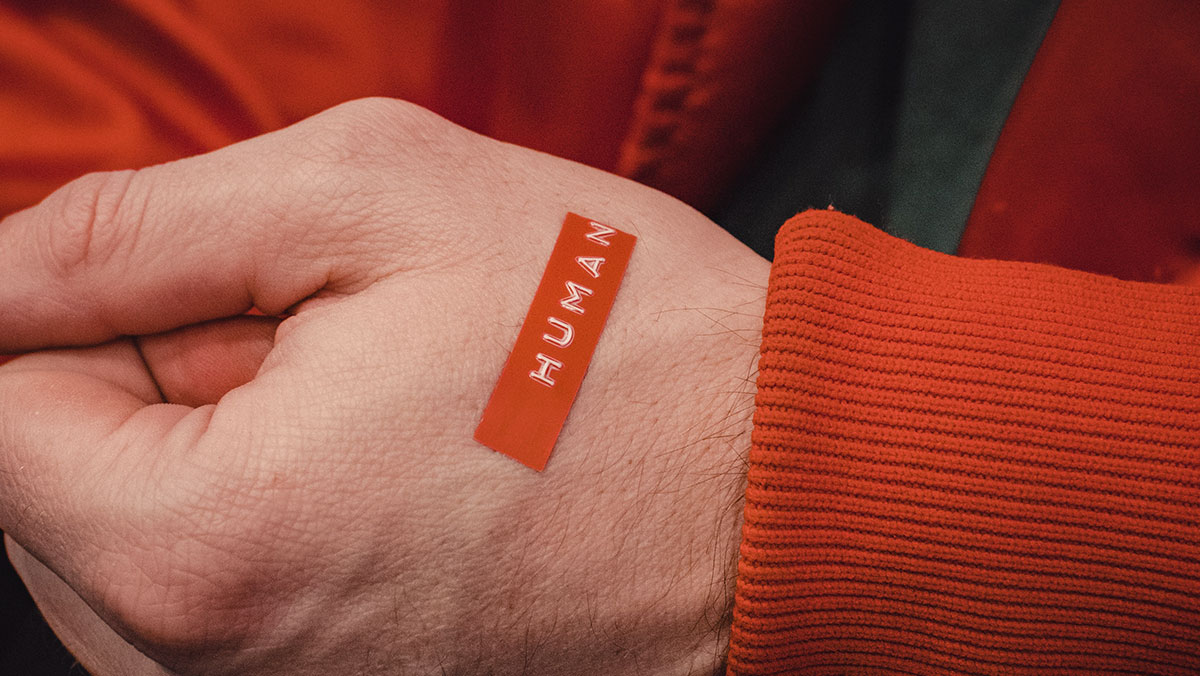
There are several, well-ingrained assumptions regarding the dynamics of work and business activities, which can be refuted. Some examples of these widespread assumptions in the business and work environments are: employees being viewed as commodities, competitors perceived as threats, companies’ resources seen as limited, and customers perceived as scarce and difficult. All this leads to the question, “Is there a way to perform business activities more humanely?”
In this interview, Brandingmag sat down with Dr. Bruno Roque Cignacco to uncover the mysteries of humanness in today’s business environment. Dr. Cignacco is a business consultant and university lecturer, and has recently published his own book on this topic, “The Art of Compassionate Business” (Routledge, 2019). For over 20 years, he has advised and trained hundreds of companies on international trade activities and international marketing. Here’s what he has to say:
Brandingmag: How common is humanness among the values of modern brands?
Dr. Bruno Cignacco: Nowadays, many companies use human-oriented values regarding their brands, such as empathy, support, connectedness, and diversity, among others. These values aim to strengthen relationships with different stakeholders. These values tend to foster long-term and mutually beneficial relationships with stakeholders.

Bm: What do you think prevents brands from being more human-centric (or humane)?
BC: Some brands are often prevented from being more human-centric because they focus excessively on the quantitative aspects of business (e.g., market share, profitability) which can be measured. These brands do not tend to focus on qualitative aspects, like integrity, empathy, or care, because these aspects cannot be measured accurately. Therefore, brands should develop a balance between focussing on quantitative and qualitative aspects of their business.
Bm: Consequently, why would brands care to be human-centric? What’s in it for them?
BC: Brands have to understand that the most important factor in business is the human being. Consequently, brands should nurture their relationships with different stakeholders – customers, employees, community members, etc. No brand can succeed without the support of these stakeholders. When brands treat their stakeholders with care and respect and meet their unique needs, these stakeholders tend to reciprocate and support them in return.
Bm: Is there any short- or long-term gain (e.g., financial, reputation, loyalty, etc.) for adopting human centricity?
BC: Many brands tend to focus on improving the so-called Key Performance Indicators, such as profitability or productivity. However, the attainment of these indicators is always the natural result of the development of strong bonds with their main stakeholders. When brands adopt a more human-centered approach and foster robust relationships with their stakeholders, these brands tend to achieve these KPIs more naturally.
Bm: What is the difference between a brand’s relationship with stakeholders that are driven by performance indices versus those based on actual human interaction and care?
BC: A brand that focuses only on performance indicators tends to care only for profits, and dismisses the development of strong relationships with its stakeholders. However, a brand that uses an approach of humane interaction and care tends to adopt a wider approach (triple-bottom-line perspective) which includes caring for economic results (profits), people (customers, employees, suppliers), and the environment (recycling, green processes).
Bm: What actionable ways are there for a brand to develop a more humane, supportive work environment, through which to cater to its most important stakeholders – employees? What would be the benefits?
BC: A brand can develop a more humane work environment by simply fostering lofty values (e.g., cooperation, mutual support, compassion) in the workplace. Research states that caring and supportive work environments bring about higher employee engagement and satisfaction, lower employee turnover and absenteeism, and increase customer satisfaction, which impacts positively on the bottom line.
Bm: Japanese customers, for example, have very high expectations of quality and care from brands, at every touchpoint, and Japanese brands have adapted to deliver. Is it safe to say that customers are the main catalyst for making a more (or less) humane marketplace?
BC: In general, customers are becoming more demanding, their expectations are growing higher over time. Nowadays, customers encounter countless offers of competing products in the marketplace. Consequently, many brands tend to adopt an attitude of service toward their customers. These brands aim to identify customers’ distinctive needs and develop personalized bonds with them. These brands aim to improve customers’ lives by adding higher value to them. These companies, to some extent, contribute to a more humane marketplace.
Bm: Why should brands start the humanization process proactively, unsolicited by their customers? Subsequently, how can they grow a culture of generosity and gratefulness, and what do they gain from doing so?
BC: Brands should always take the initiative to treat customers in a more humane manner; the former cannot thrive (or even survive) without the latter. These brands should adopt a generous and grateful attitude, by always providing customers with more than expected. For example, when a customer buys a product, the brand can provide this customer with free delivery. This customer will tend to be delighted, instead of just satisfied. This customer is also prone to reciprocate, for example, by recommending this brand to others.
Cover image source: Jake Nackos